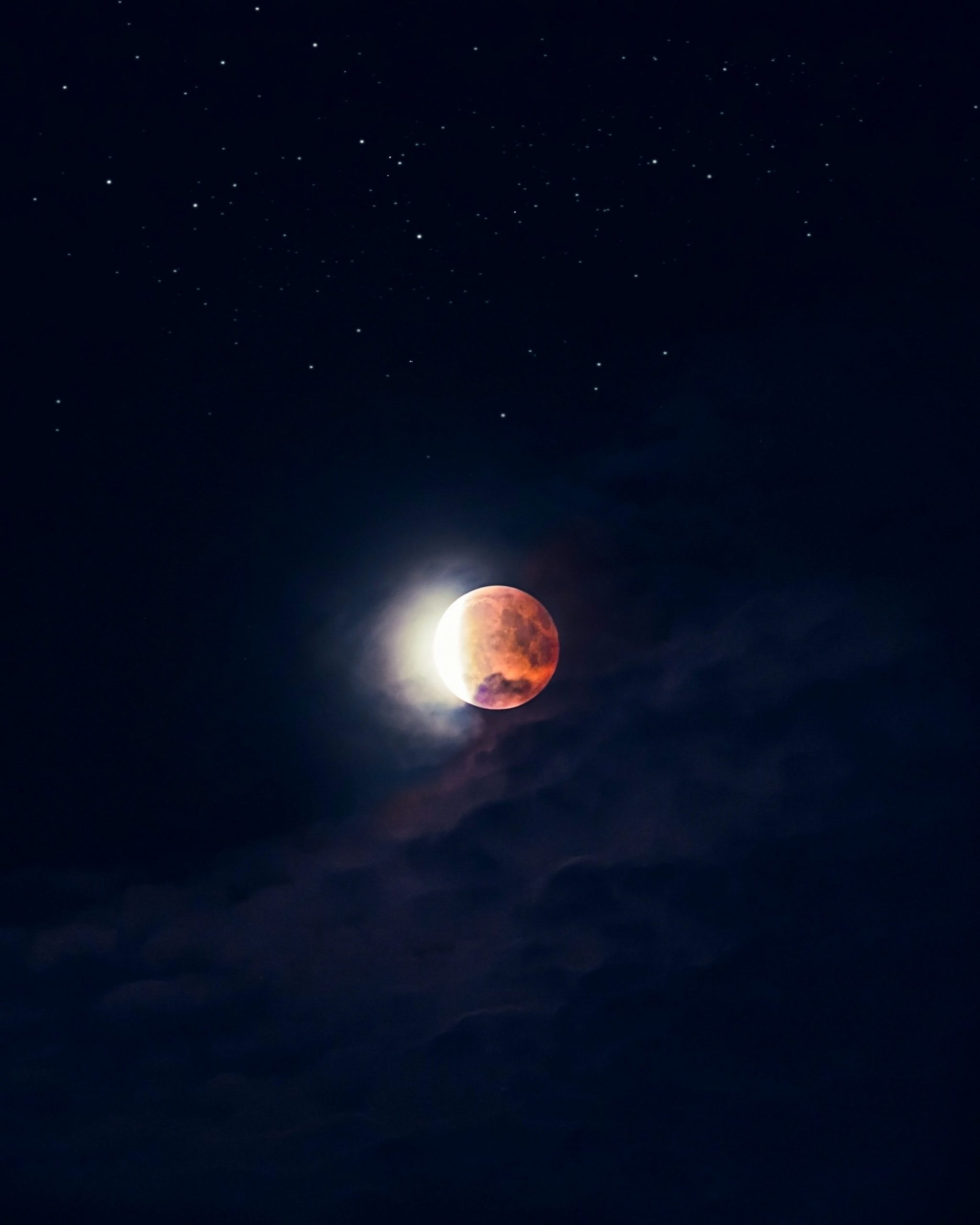On November 8, 2022, a total lunar eclipse will be visible across North and Central America, Asia, Australia, New Zealand, Ecuador, Colombia, and western portions of Venezuela and Peru. It will be the last total Lunar Eclipse of this year and the next total lunar eclipse will be visible after three years on March 14, 2025, NASA said.
The eclipse will be visible from all places in India however, not all locations will be able to observe the Moon’s reddish hue. According to the Ministry of Earth Science, the moon will not be visible in the first totality phase, as the moon will be fully hidden by the Earth’s shadow.
Also Read | What is COP27? Significance and all you need to know
But the eastern states of India will be able to see the red hue of the moon during its “totality ending” phase. During this phase, the Moon will emerge from Earth’s umbra and its fading red hue can be seen.
Eastern states of India will observe a total lunar eclipse while the other states will witness a partial lunar eclipse.
Indian States and timings for the total lunar eclipse
Delhi: Partial Lunar Eclipse
The eclipse will be visible at 05:28 p.m and end at 07:26 p.m, lasting for 1 hour and 58 minutes.
Also Read | Alzheimer’s disease: 5 regular habits that can lead to dementia
Kolkata: Total Lunar Eclipse
Kolkata will witness the total lunar eclipse starting at 4.55 p.m and ending at 7:26 p.m. The total lunar eclipse will last for 2 hours and 34 minutes.
Mumbai
Mumbai will witness a partial lunar eclipse starting at 06:04 p.m and with only 14% obscuration. The phenomenon will last 1 hour and 25 minutes ending at 07:26 pm.
Bengaluru
Bengaluru will also observe a partial lunar eclipse at 05:57 p.m with 23% obscuration. It will last 1 hour and 36 minutes and will end at 07:26 pm.
Apart from these cities, Kohima, Agartala, Guwahati, Bhubaneswar, Siliguri, Patna, and Ranchi will witness a total lunar eclipse. Cities like Ahmedabad, Nagpur, Srinagar, Noida, Gurugram, Chandigarh, Hyderabad, Chennai, Surat, and Pune will observe a partial lunar eclipse.
According to NASA, a Lunar Eclipse can be seen without any specialized equipment. However, people can use binoculars and go to places that are away from strong lights for the best viewing experience.







